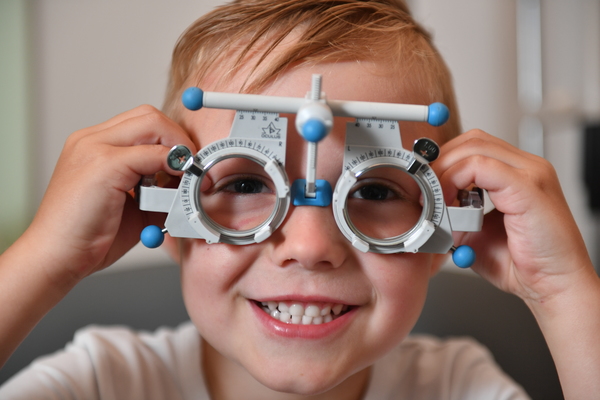By Alesha Capone
Hundreds of children and teenagers living in Wyndham are spending four hours or more per day looking at digital screens, according to new research.
Specsavers has used statistics from a research project it conducted in October last year and data from the Australian Bureau of Statistics to create a profile of the screen time habits of children across the nation.
The numbers showed that out of Wyndham’s population of residents aged 19 and below, 1526 (equivalent to 14 per cent of Wyndham’s children and teenagers) spend four hours or more looking on screens every day.
The World Health Organisation recommends that children aged between two to five years old spend a maximum of one hour per day looking at a screen.
The Specsavers report found that in Victoria, children spend an average of 2.48 hours on screens daily.
The data revealed that Victorian children are spending most of their screen time at home in the lounge room (66 per cent) or their bedroom (42 per cent), compared with school and day care (19 per cent).
Werribee optometrist Paul Barclay said: “Staring at screens and being indoors for extended periods of time can increase the risk of myopia or becoming short-sighted.
“This means the eyes focus well only on close objects, while more distant objects appear blurred.
“Children are more at risk of this, as their eyes are still developing.”
Mr Barclay said he understood children were attracted to digital screens, and that the way young people learn and play was changing as technology became increasingly incorporated into everyday life.
“The biggest message I would like to get across to parents is to make sure their children spend time outside playing and if parents are worried about the impacts of screen time on their child’s eye health, the best thing to do is to book in to see an optometrist for an eye test,” he said.







